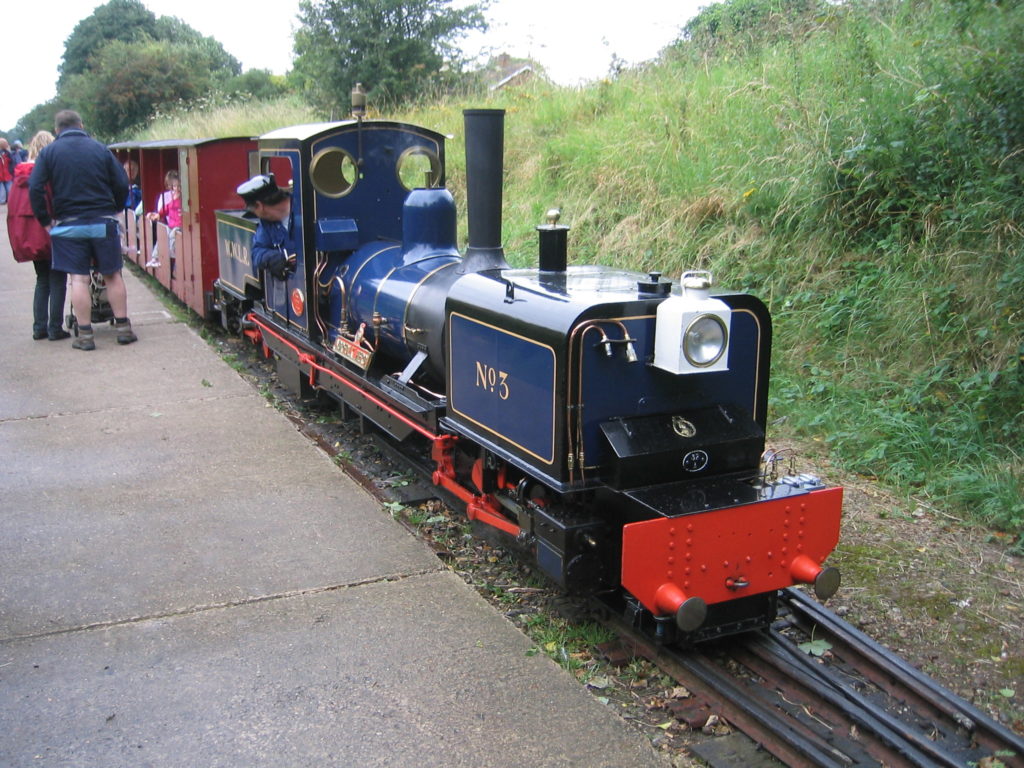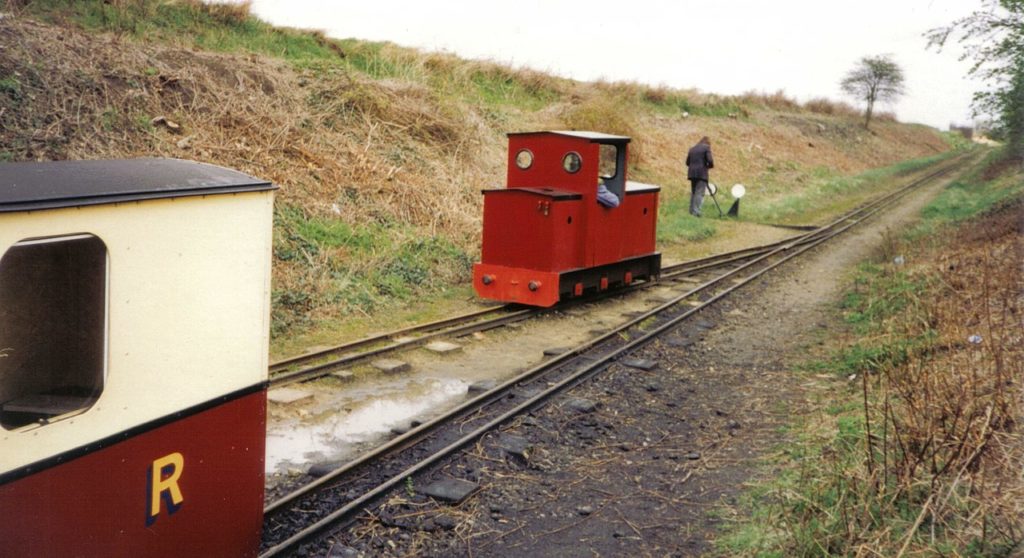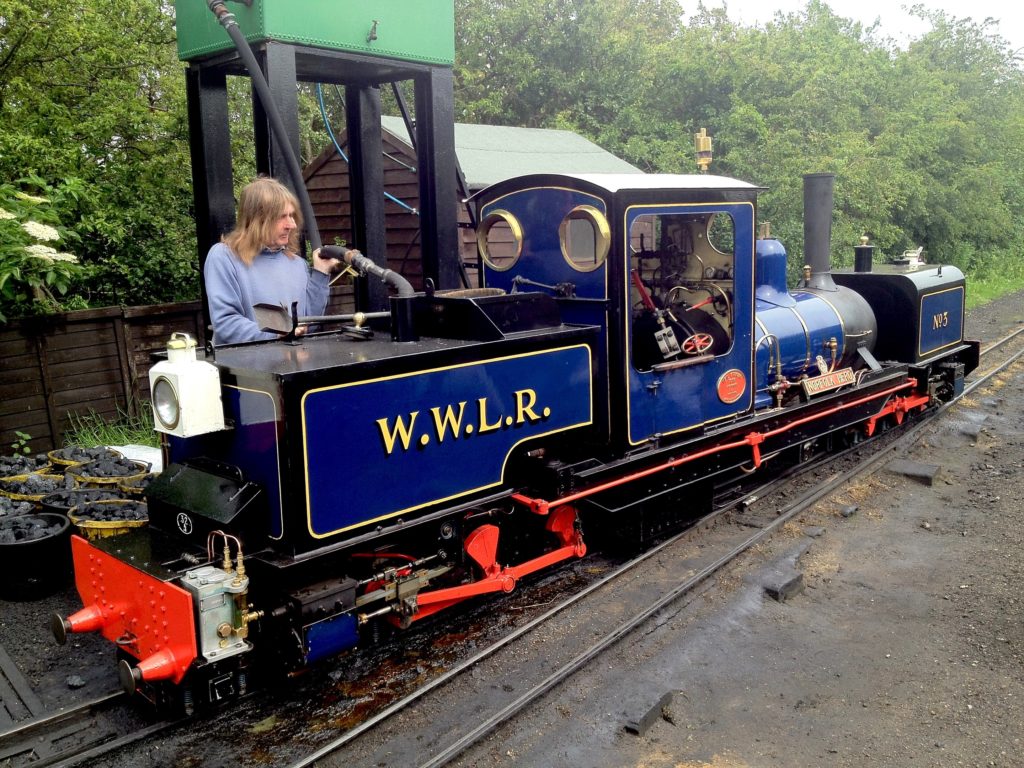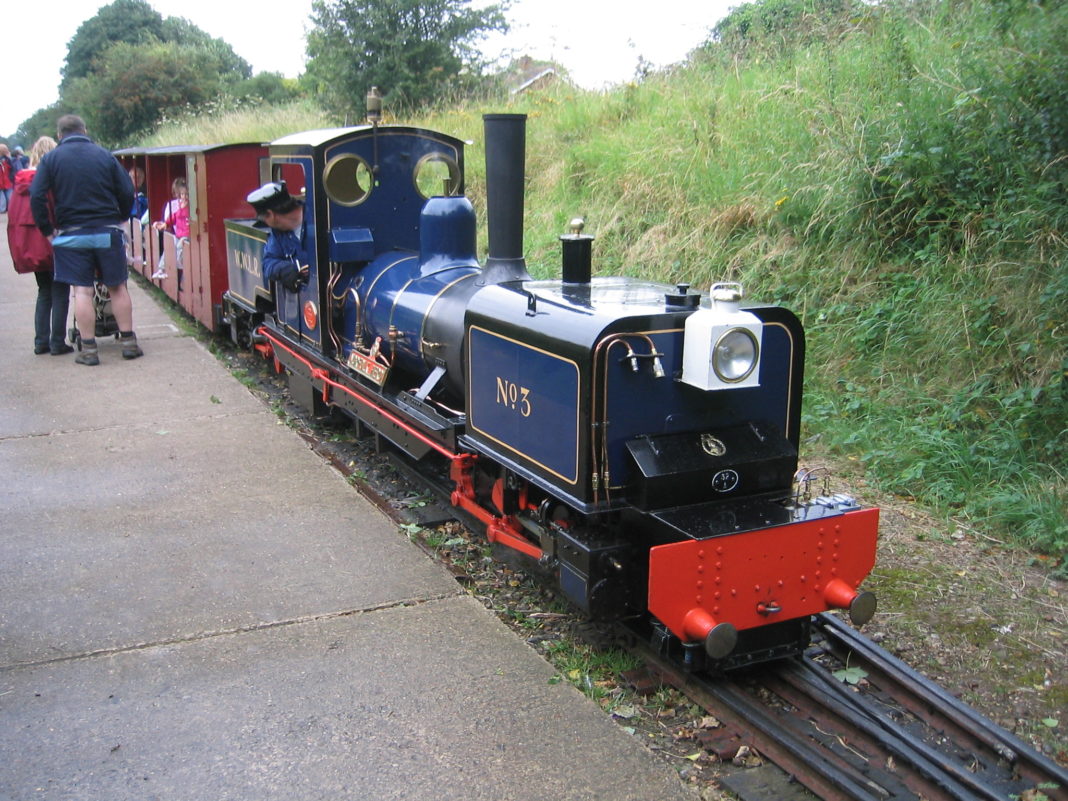The Wells and Walsingham Light Railway is a 10+1⁄4 in (260 mm) gauge heritage railway in Norfolk, England running between the coastal town of Wells-next-the-Sea and the inland village of Walsingham. The railway occupies a 6.4 km section of the trackbed of the former Wymondham to Wells branch which was closed to passengers in stages from 1964 to 1969 as part of the Beeching cuts. Other parts of this line, further south, have also been preserved by the Mid-Norfolk Railway.

Despite its miniature dimensions, the Wells and Walsingham Light Railway is a “public railway”, indicating that its operation is established by an Act of Parliament. The original establishment of the preserved line was authorized by the Wells and Walsingham Light Railway Order 1982, the terms of which were altered under the subsequent Wells and Walsingham Light Railway (Amendment) Order 1994.

The Wells and Walsingham Light Railway operates a fleet of comfortable passenger carriages, with adults sitting two abreast in compartments with both facing and backward seating.

Two coach liveries are in use, as the railway works towards two train sets in operation. One set is maroon, or maroon and cream for vehicles that have upper panels (fully enclosed saloons). The new set under construction has a yellow livery based upon the traditional coach livery of the Leek & Manifold railway.
According to the wikipedia














